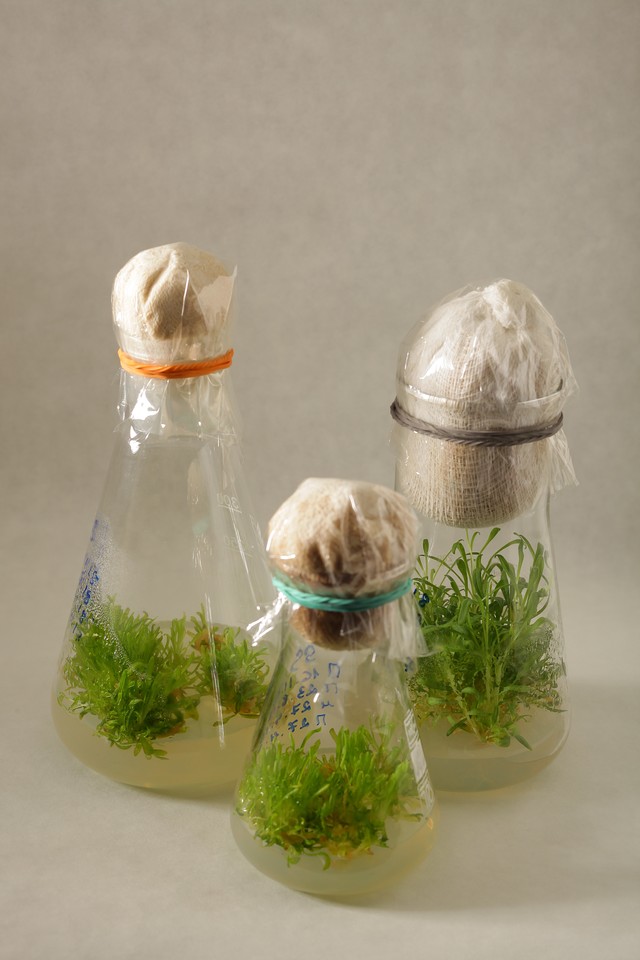Press Release
Christian Kosmas Mayer’s cross-

Christian Kosmas Mayer, Aeviternity
Mumok, Vienna (Austria)
23.02 - 16.06.2019


© ArtCatalyse International / Marika Prévosto 2019. All Rights Reserved
A starting point for this exhibition is the architecture of the mumok building, which looks like a dark block of stone or a mine, a theme which recurs several times in the exhibition. This is evident, for example, in the true story of young miner from Falun in Sweden, which Mayer refers to. The miner was buried alive in an accident in 1670, and his body was recovered years later in 1719, preserved in an almost perfect condition. Through all these years, vitriolic water had stopped the processes of decay, and once brought to the surface the corpse quickly became as hard as stone. An old woman near the end of her life recognized the petrified man as her long-
In this exhibition, petrification is seen as a transformative process through which living materials can seem to overcome their own transience and oblivion, but paradoxically by paying with their own lives. Humankind has always been fascinated by this process, and thus attracted to petrifying springs. The natural phenomenon of petrification by water with high mineral content was used to petrify objects from everyday life over a period of months and years. The springs were originally seen as magical and bewitched places, associated with many different forms of superstition, and later they were amongst the first ever "global" tourist attractions in Victorian-
In 2012 Russian scientists found the seeds of a plant some forty meters under the ground in Siberia, which had been stored by an Arctic squirrel in its burrow and had thereafter survived in the permafrost. Working in the laboratory, the scientists managed to grow a plant from the placenta of one of these seeds. As the successors of this plant living in the Arctic region today have seen evolutionary change, this is a case of the revival of a piece of the Ice Age that must have been considered forever lost—as in the film Jurassic Park. Mayer has succeeded in integrating this plant into his exhibition as a living organism—the first time it has left the Moscow laboratory. Today, when the permafrost is slowly thawing due to climate change, this plant seems like a premonition of future reanimations, with completely unpredictable effects.
Combining nature, culture, and science, this exhibition tells a complex story about the metamorphosis of objects over time and about the transience of our own concepts and perspectives of the world. The objects and images in this exhibition are witnesses to the passing of time in a frozen moment, in which the usually schematically distinct ideas of past, present, and future, and of life and death, become fluid. We are now testing out limits that we could once hardly imagine, and this is both a sign of progress, improvement, and self-
Curated by Rainer Fuchs
Christian Kosmas Mayer (born 1976 in Sigmaringen, Germany) lives and works in Vienna. Mayer studied at the University of Fine Arts Saar in Saarbrücken, at the Academy of Fine Arts Vienna, and at the Glasgow School of Art. He works in various media including photography, sculpture, installations, and video art. Since the 1980s, he has also been an active musician in various bands, including Dreams in Chaos and currently Essachai Vow.
Exhibition February 23 -
Christian Kosmas Mayer, Silene, 2018. © Institute of Cell Biophysics, Russian Academy of Sciences, Pushchino/Bildrecht Wien, 2019
